Category: Environment
-
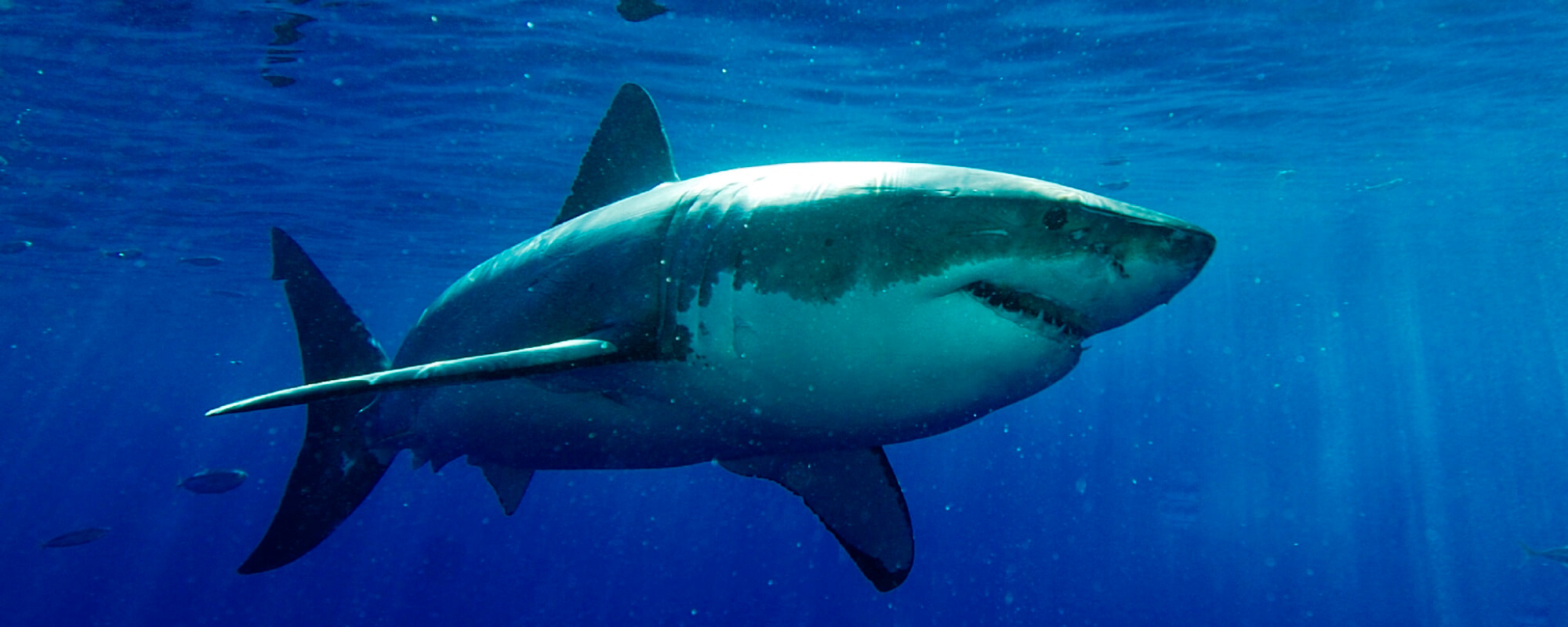
Open Letter: Aussies Stop Killing The Great White Shark
Open Letter to the Honorable Premier of Western Australia, Mr. Colin Barnett Dear Mr. Premier, I’m writing to you about the Australian Shark Cull Policy, which targets various shark species, including the endangered great white. This policy was initiated late last year following a spate of fatal attacks in 2011. Despite widespread criticism in Australia,…
-
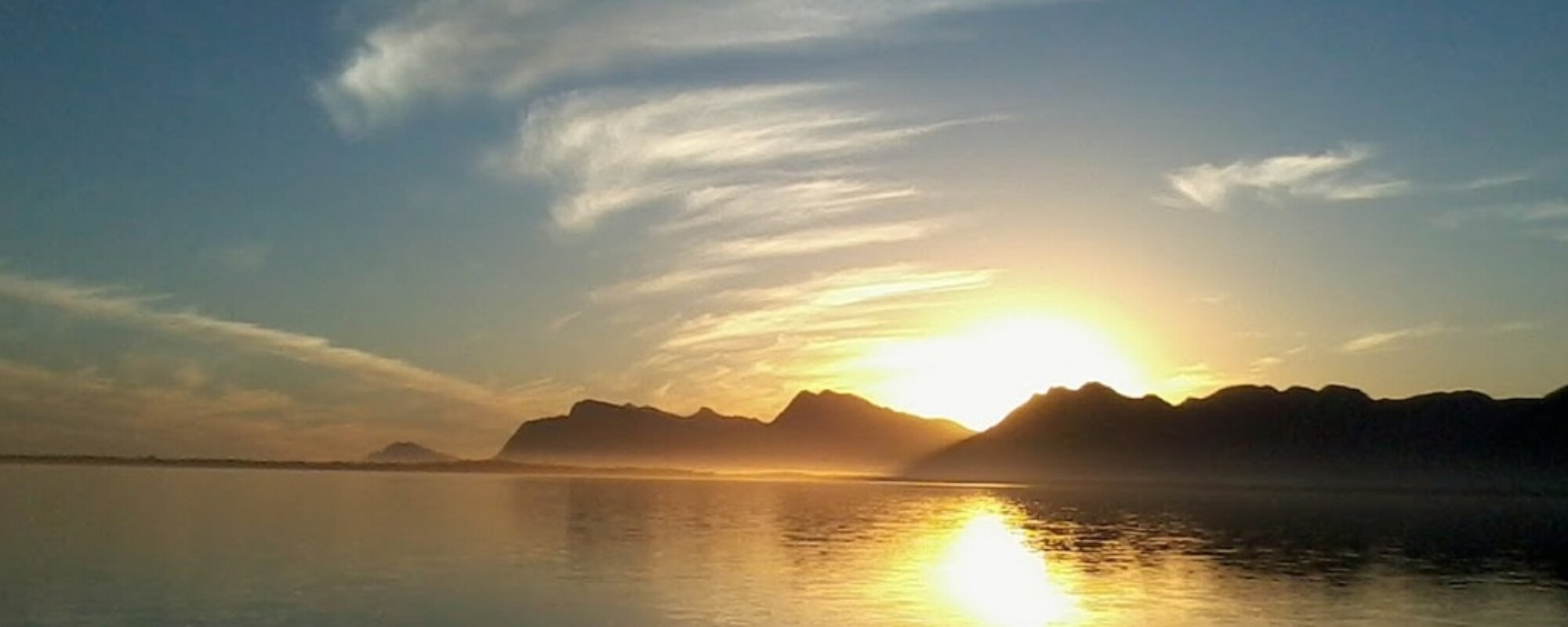
Sunset on The Bot River Estuary #6
It’s 17:53pm as the sun dips behind the Kogelberg mountain range. The windless and warm conditions and the absolute silence magnify the beauty of the Bot River Estuary. This estuarine system lies on the eastern border of the Kogelberg Biosphere Reserve on the Southern tip of Africa. Related posts: Sunset On The Bot River Estuary…
-

Dramatic Changes On The Banks Of The Bot River Estuary
Amazing changes that have taken place in the last six months on the banks of the estuary — clean white sand, sea shells, sea weed, red-bait and cuttlefish.
-
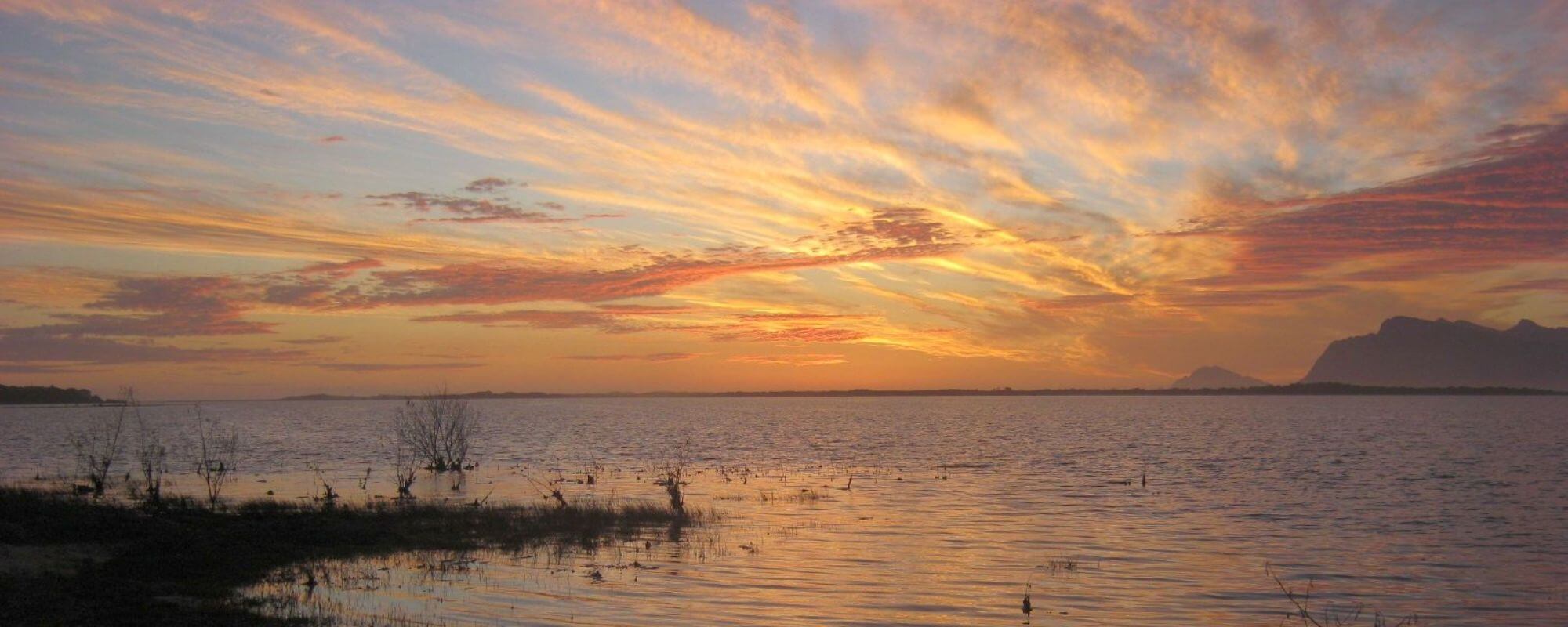
Gold In The Sky At Sunset On The Bot River Estuary
Here on the southern tip of Africa it’s 7:50pm and the sun is sinking on the beautiful Bot River Estuary. One can just make out the estuary mouth at extreme left on the horizon. The estuary mouth remains closed to the sea for long periods, sometimes years, before it opens naturally to start a new…
-
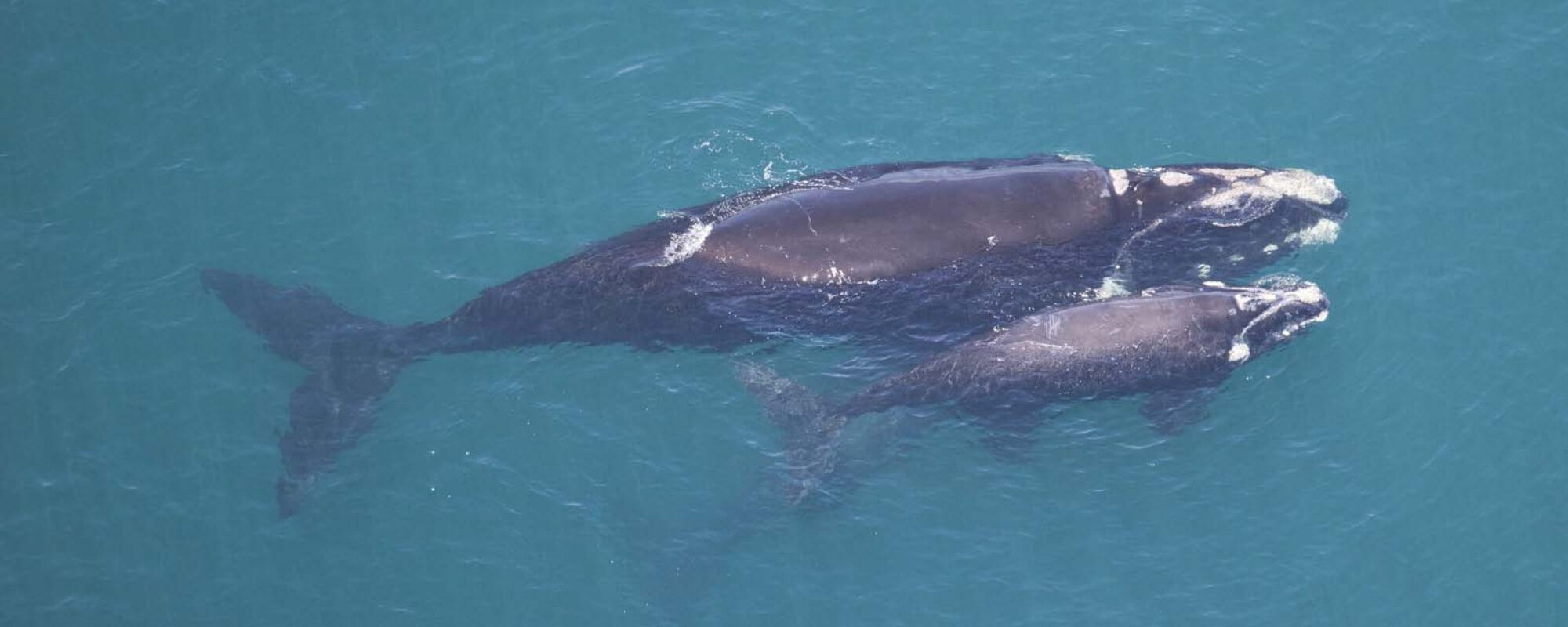
Southern Right Whale Placenta Washes Up On The Beach
One beautiful sunny morning, a few days ago, while walking the long stretch of beach named Grotto Beach near Voëlklip on the Hermanus coastline, I came across this amazing sight — the after-birth of a Southern Right Whale, washed up on the beach. At least, that’s what I think it was. The whale that is…
-
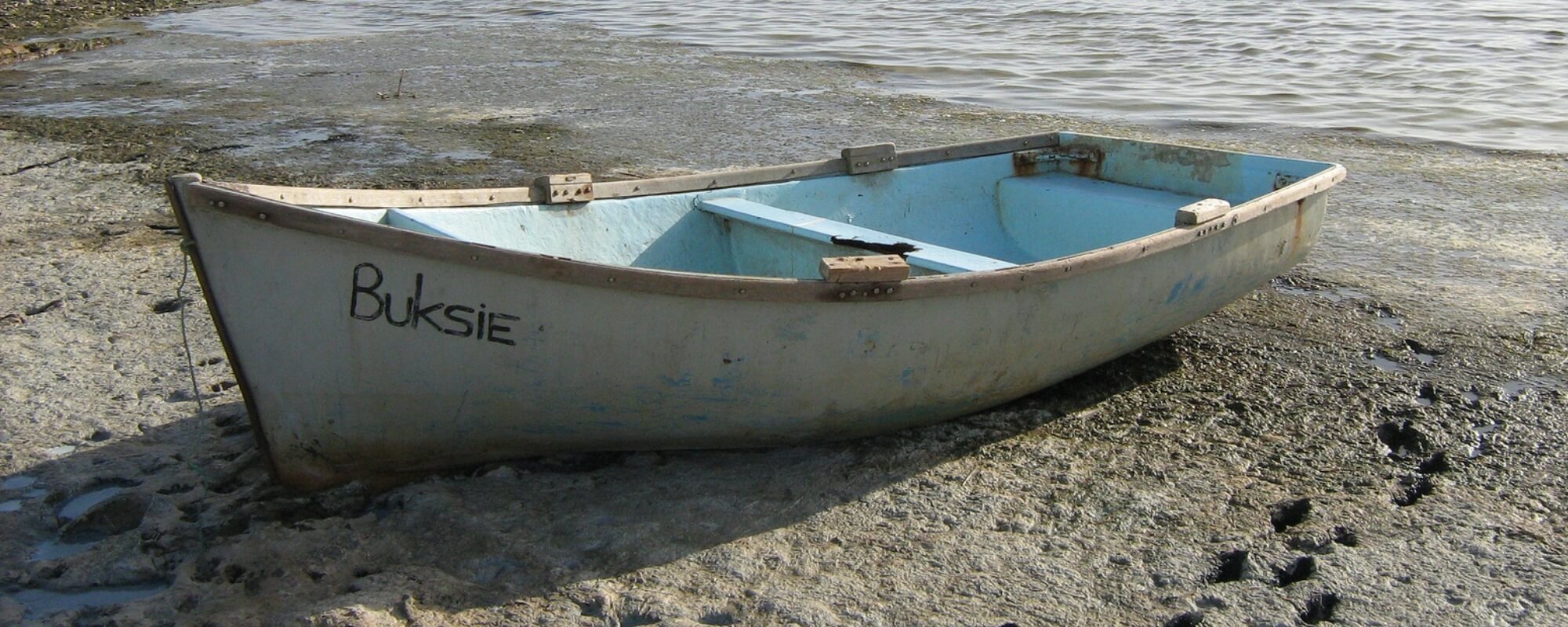
Fish and Fishing in the Bot River Estuary
It seems that Fishing in the Bot River Estuary, one of the largest estuaries in the Cape Province, is not as straight forward as one would think. This vast expanse of water is the subject of a study carried out by researchers of the Department of Zoology at the University of Cape Town in the…
-

Native Indian Class Action Lawsuit Scores $680 Million From USDA
On Thursday this week a nationwide class action lawsuit was settled. The historic Keepseagle settlement agreement requires the United States Department of Agriculture (USDA) to pay $680 million in damages to thousands of Native Americans and to forgive up to $80 million in outstanding farm loan debt. The Indians filed the Keepseagle class action lawsuit…
-
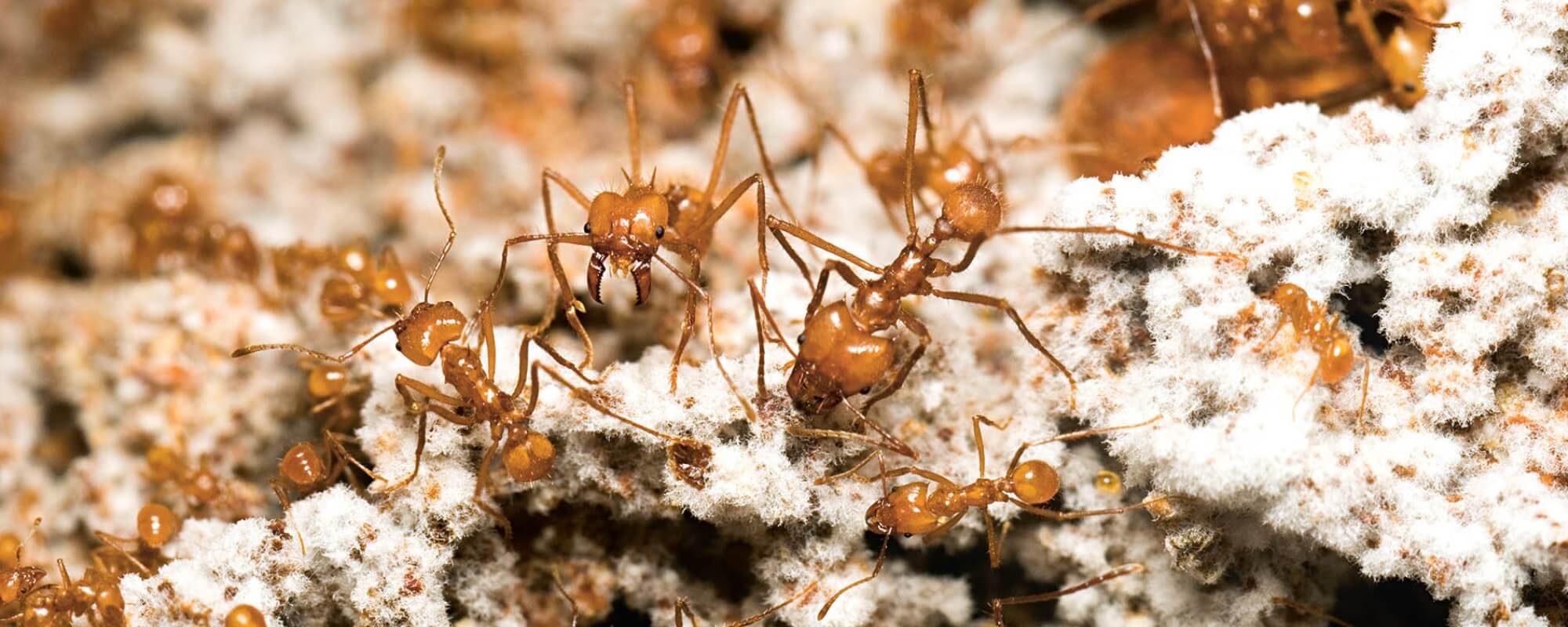
Ant Fungus Farmers Hold the Answers for Human Farmers
With the Earth’s population exploding and nearly every arable acre already cultivated, the future of farming is a looming concern. For inspiration science is looking to the leaf-cutter ant which has mastered single crop agriculture and represents the apex of ant agriculture. Monoculture crops are the rule in modern agriculture. This is why modern crops…
-

Wild Horses at Sunset on the Bot River Estuary
Today at sunset I strolled down to the “lagoon” otherwise known as the Bot River Estuary. Lo and behold, the wild horses were grazing on the grassy banks in the distance about 200 meters (650 feet) away. The Bot River Estuary lies at the edge of the Kogelberg Biosphere Reserve near Hermanus in the Western…
-

Rhino Massacre in South Africa Continues
In South Africa, home to 90% of the world’s population of rhinos, a war against internationally funded rhino poachers is losing ground. Last year 333 were killed, nearly half of them in the Kruger National Park. The year before that it was 209. The year before that, in 2008, the total jumped to a staggering…